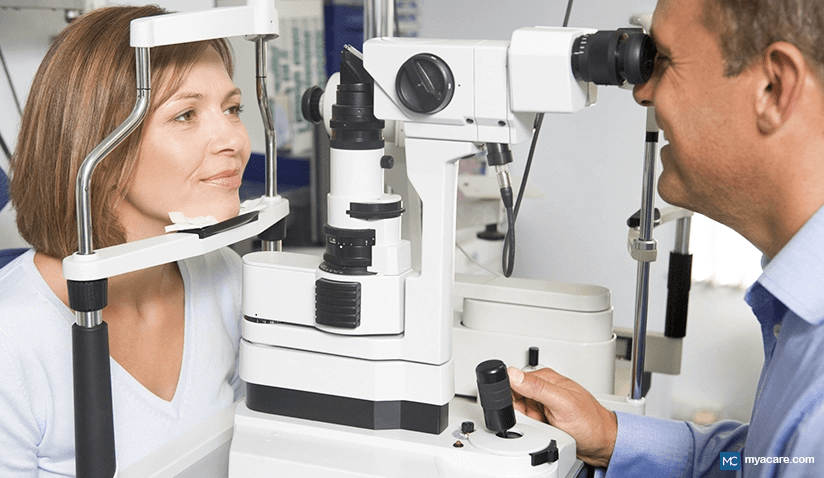What Are Cataracts?

Cataracts affects approximately 95 million people worldwide. As the population grows and general longevity increases, the number of individuals blinded by this condition keeps increasing. Among adults between 45 to 50 years old it is the main cause of blindness (age-related cataracts).
Put simply, what we know as cataracts is a process in which the lens inside our eye that allows light to reach our retina becomes cloudy/opaque due to some form of damage. This gradually makes seeing more difficult until people are left completely blind. Most cases are caused by age, a few are due to congenital problems and the rest are the consequence of things like accidents and infections.
What is Cataract Surgery?
This surgery extracts the damaged lens and replaces it with an artificial one. This procedure is necessary if the goal is to significantly improve eyesight. No drugs capable of reversing the effects of lens damage are available.
There have been many different versions of this surgery. At the moment, cataract surgery is minimally invasive and has less side effects than any other version in history.
What to Expect?
Before the surgery your doctor will have to perform some basic tests to measure your eye/s size and shape. This is important to find the right tools to use during surgery.
Cataract surgery is performed while you are still awake. Just before surgery you’ll be given a local anesthetic in the form of eye drops. This way you’ll feel no pain. Also, in some cases people are given extra medication to calm them down.
The actual procedure will start next and it will take less than an hour.
The doctor will make a small cut into your eye to access the lens. This is done with a surgical tool or with a laser.
The next step is the most important one. A special tool is inserted into your eye. The tool can produce ultrasonic vibrations which break the damaged lens to then remove it by suction.
After the original lens has been completely removed, the new one has to be implanted. Using the same cut, an artificial lens is inserted. The new lens can be made of silicon, plastic or other similar materials.
The surgery is completed once the cut is closed (a sitch may not be needed) and some form of cover is placed to protect your eye during the early stages of recovery.
You won't have to stay in the hospital/clinic overnight.
Aftercare
The aftercare is not too intense. Normally there is some itching for a few days after surgery, but if everything goes well that will be the extent of your discomfort. Your vision should start to improve a few days after the surgery, however, you’ll need glasses for a few months after the procedure.
For the first 4 weeks you’ll have to take topical antibiotics, corticosteroids and anti-inflammatory drugs. This will protect your eye/s from bacteria and inflammation as it heals. Also, you’ll be asked to attend follow up sessions 1 day, 1 week, 1 month and 3 months after surgery.
Possible Side Effects
Problems after surgery are rare, but they can occur. This can include infection, bleeding, inflammation (pain, redness, swelling), loss of vision, double vision, and high or low eye pressure. With prompt medical attention, these problems can usually be treated successfully.
To search for the best Ophthalmologist in United Kingdom, Thailand, Malaysia, Spain and India, please use the Mya Care search engine.
References
Featured Blogs



